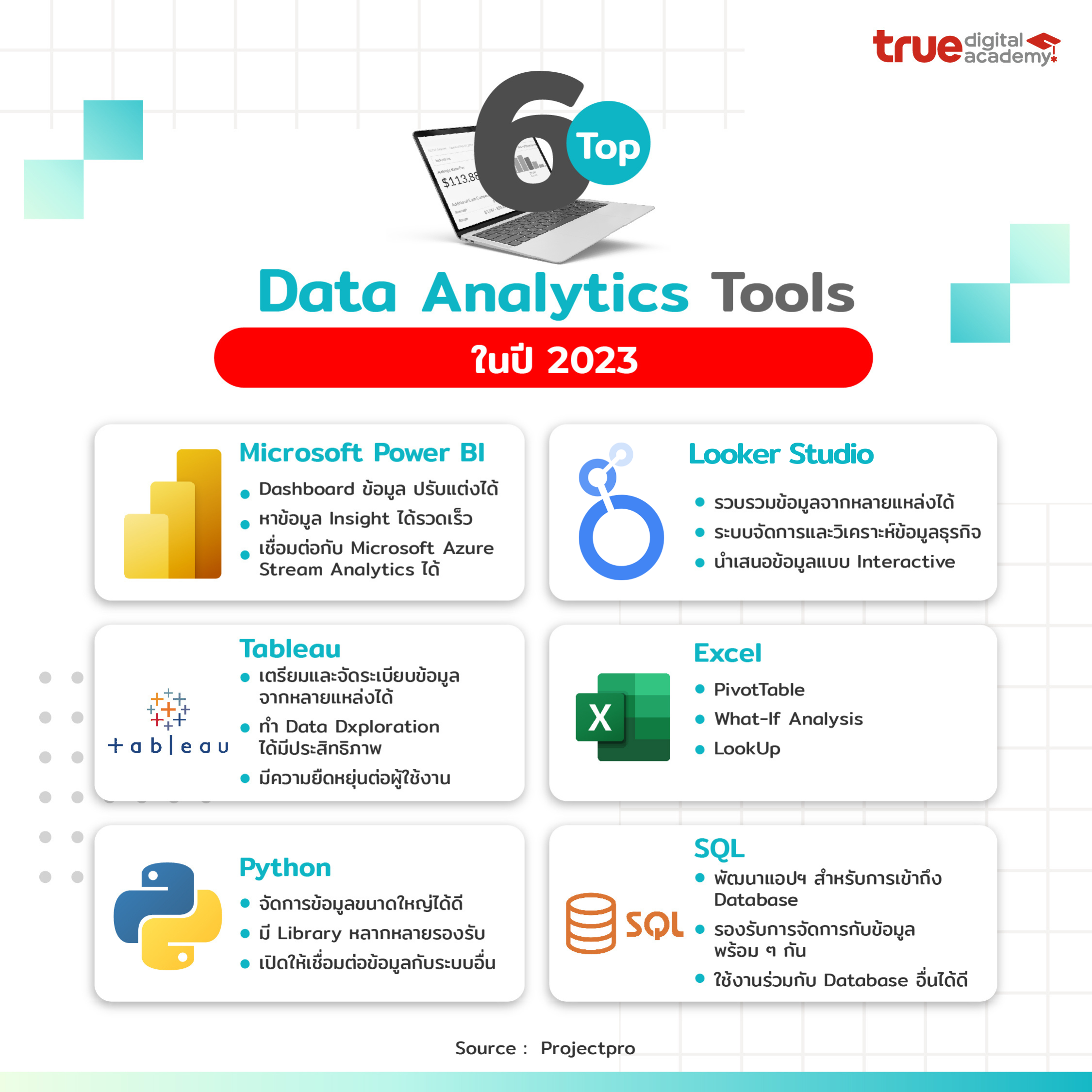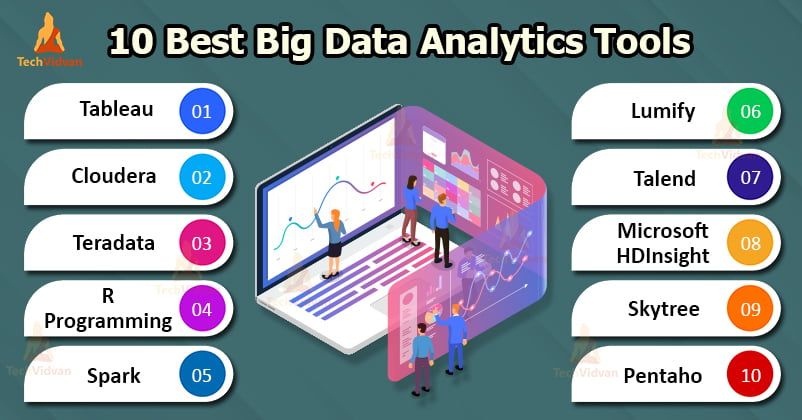Unlock Company Insights With Advanced Analytics Equipment
In today's data-driven landscape, the capability to unlock business insights via innovative analytics devices is ending up being increasingly critical for organizations looking for an affordable edge. What are the crucial considerations that companies must address to efficiently harness these advanced analytics capacities?
Importance of Advanced Analytics

Furthermore, the competitive landscape needs that companies not only respond to market modifications yet also expect them. Advanced analytics encourages businesses to comprehend client choices, boost operational efficiency, and alleviate dangers successfully. By leveraging these tools, organizations can boost their decision-making processes and drive technology.
Furthermore, the assimilation of advanced analytics fosters a culture of continuous renovation, where organizations can fine-tune their techniques based upon empirical evidence. As sectors such as money, healthcare, and retail progressively depend on data to inform their procedures, the significance of innovative analytics will only proceed to grow, making it a vital part for continual success in today's data-driven economy.
Trick Features of Analytics Tools
Advanced analytics devices are identified by a variety of vital attributes that improve their effectiveness in information evaluation and decision-making (Analytics). One of the essential features is data combination ability, which permits smooth gathering of data from numerous resources, helping with thorough evaluation. This ensures that services have an alternative sight of their information landscape
In addition, progressed analytics tools typically include robust analytical and predictive modeling abilities. These functions enable companies to anticipate patterns and recognize patterns, leading to even more informed strategic choices. Visualization tools are additionally essential, giving user-friendly graphical depictions of information, which streamline complicated information and make insights a lot more easily accessible to stakeholders.
An additional essential element is the unification of artificial intelligence algorithms, which enhance the capacity to evaluate big datasets and uncover concealed insights without explicit programming. Additionally, easy to use user interfaces allow non-technical users to take advantage of these tools successfully, equalizing information gain access to throughout the company.
Kinds of Advanced Analytics
While different advanced analytics methods exist, they can typically be categorized right into a number of key kinds that serve distinct objectives within companies.
Descriptive analytics focuses on summarizing historic information to identify patterns and patterns. It offers insights into what has occurred in the past, making it possible for companies to make enlightened choices based upon empirical proof.
Anticipating analytics, on the other hand, makes use of statistical formulas and device learning strategies to anticipate future outcomes based upon historic data. This kind is particularly valuable for danger evaluation and need projecting, permitting services to get ready for potential challenges and opportunities.
Authoritative analytics goes a check it out step even more by recommending activities based on predictive understandings. Analytics. It utilizes optimization and simulation techniques to suggest the most effective program of activity, ensuring that organizations can make data-driven choices with self-confidence
Execution Techniques
Successful execution techniques for sophisticated analytics are vital for companies seeking to harness the complete possibility of their data. To start with, a clear roadmap needs to be established that lines up analytics initiatives with total company objectives. This requires a deep understanding of organizational goals and the details questions analytics can answer.
Next, investing in the best innovation and tools is essential. Organizations should evaluate available systems for scalability, convenience of use, and combination capabilities with existing systems. This makes certain that information can be collected, processed, and evaluated successfully.
In addition, fostering a data-driven culture is essential. Educating employees on analytics devices and approaches empowers them to use insights successfully in decision-making. Involving stakeholders throughout divisions can assist in buy-in and motivate partnership, enhancing the overall success of analytics tasks.
Furthermore, organizations need to focus on information high quality and governance. Implementing durable information administration techniques makes sure that the insights generated are trustworthy and accurate. Finally, continuous evaluation and iteration of analytics processes allow organizations to adjust to altering organization needs and technical advancements, eventually driving sustained value from their analytics campaigns.
Future Patterns in Analytics
As companies carry out robust analytics approaches, it is critical to stay familiar with the progressing landscape of analytics innovations and techniques. Future patterns in analytics are positioned to reinvent how services derive insights, maximize operations, and drive decision-making.

Another trend is the rise of augmented analytics, which automates data preparation and insight generation, decreasing the reliance More Info on data specialists. This democratization of analytics equips staff members in all levels to take advantage of information in their roles.
Furthermore, the shift in the direction of real-time analytics will make it possible for organizations to react swiftly to market modifications and customer preferences, boosting agility and competition. As information personal privacy laws become a lot more stringent, analytics options will additionally need to prioritize moral data use, ensuring compliance while preserving durable insight generation. Accepting these patterns will be essential for organizations looking for to preserve an one-upmanship in a significantly data-driven globe.
Conclusion
In verdict, advanced analytics tools play an important role in changing data into actionable understandings, driving tactical development and functional performance throughout organizations. Reliable application approaches ensure that these tools are integrated into organizational procedures, while arising trends suggest a continued evolution in analytics abilities.
Advanced analytics incorporates a collection of strategies, including predictive modeling, equipment discovering, and information mining, which allow businesses to reveal patterns, forecast fads, and maximize procedures.
Successful execution techniques for sophisticated analytics are crucial for organizations seeking to harness the complete potential of their information. Continual analysis and model of analytics processes enable organizations to adapt to transforming service needs and technological advancements, ultimately driving continual worth from their analytics campaigns.
As data personal privacy guidelines come to be a lot more rigid, analytics options will certainly also need to prioritize moral data usage, guaranteeing compliance while maintaining durable insight generation.In final thought, advanced analytics devices play an essential function in transforming information right into workable understandings, driving strategic development and functional efficiency across companies.